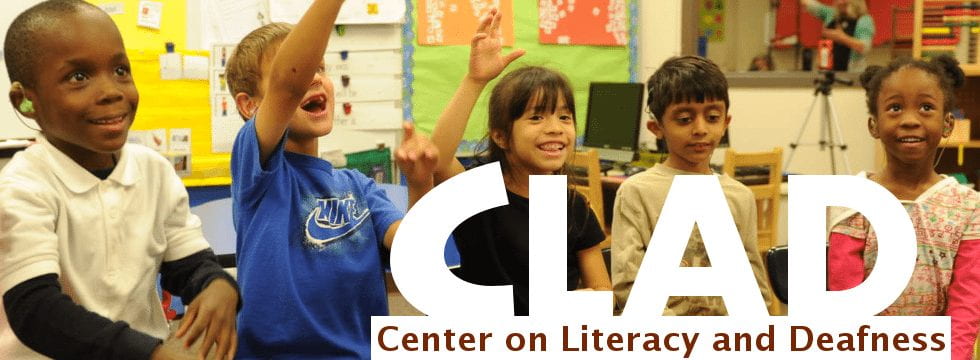back to Background Publications
Cannon, J., Easterbrooks, S., & Fredrick, L. (2010). Vocabulary acquisition through books in ASL by student with hearing loss from non-English speaking homes. Communication Disorders Quarterly, 31(2), 98-112.
Reading to children improves vocabulary acquisition through incidental exposure, and it is a best practice for parents and teachers of children who can hear. Children who are deaf or hard of hearing are at risk for not learning vocabulary as such. This article describes a procedure for using books read on DVD in American Sign Language with English-language learners who are deaf or hard of hearing. This research examined the effectiveness of DVDs as a tool to increase a student’s production of the printed word in American Sign Language. The researchers used expository books with math vocabulary in a multiple-baseline design (ABC) across three sets of five vocabulary words. Four participants aged 10 to 12 with severe to profound hearing loss engaged in vocabulary activities using the DVD math expository books read through American Sign Language. DVDs alone were less effective for increasing vocabulary than when accompanied with preteaching of the target vocabulary words.
